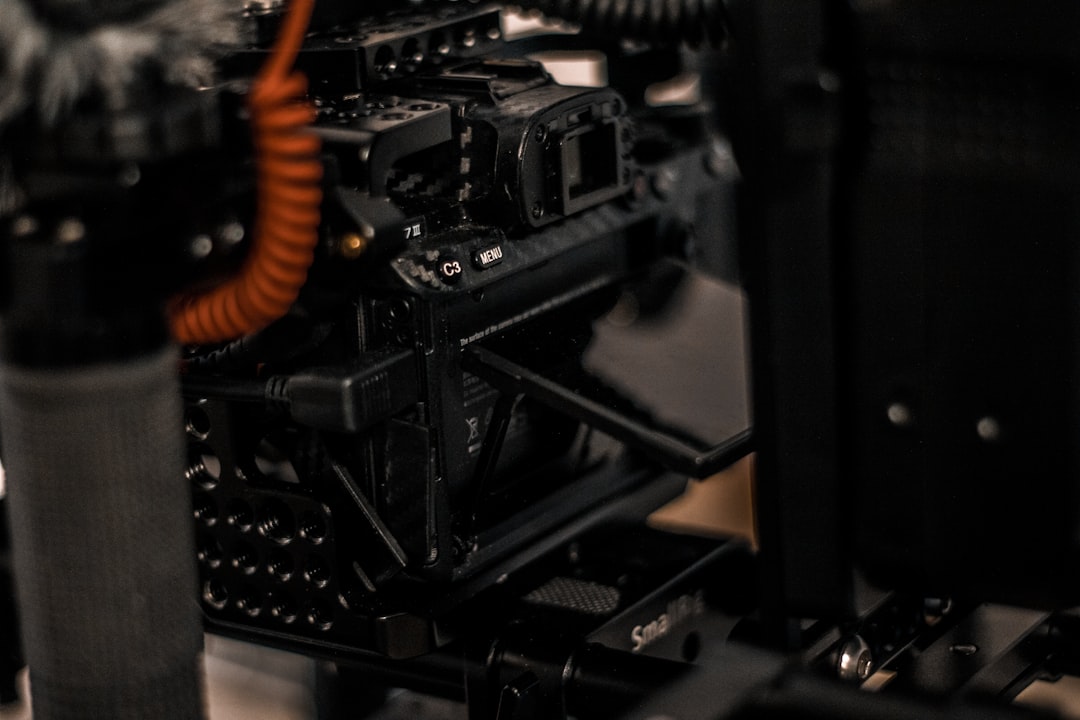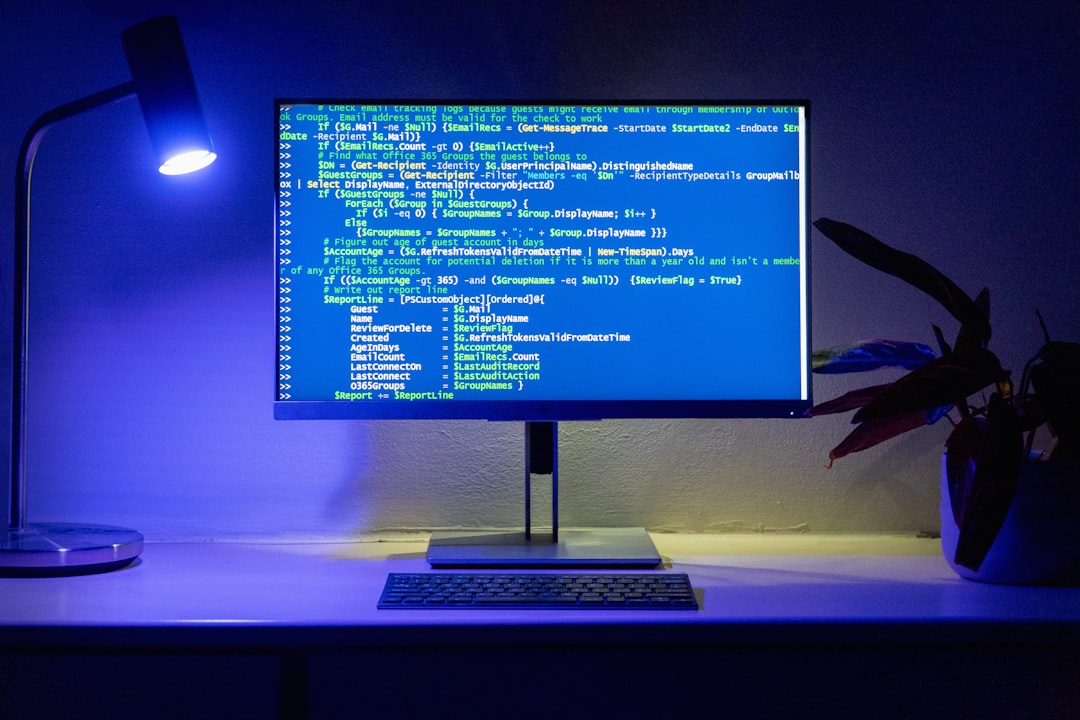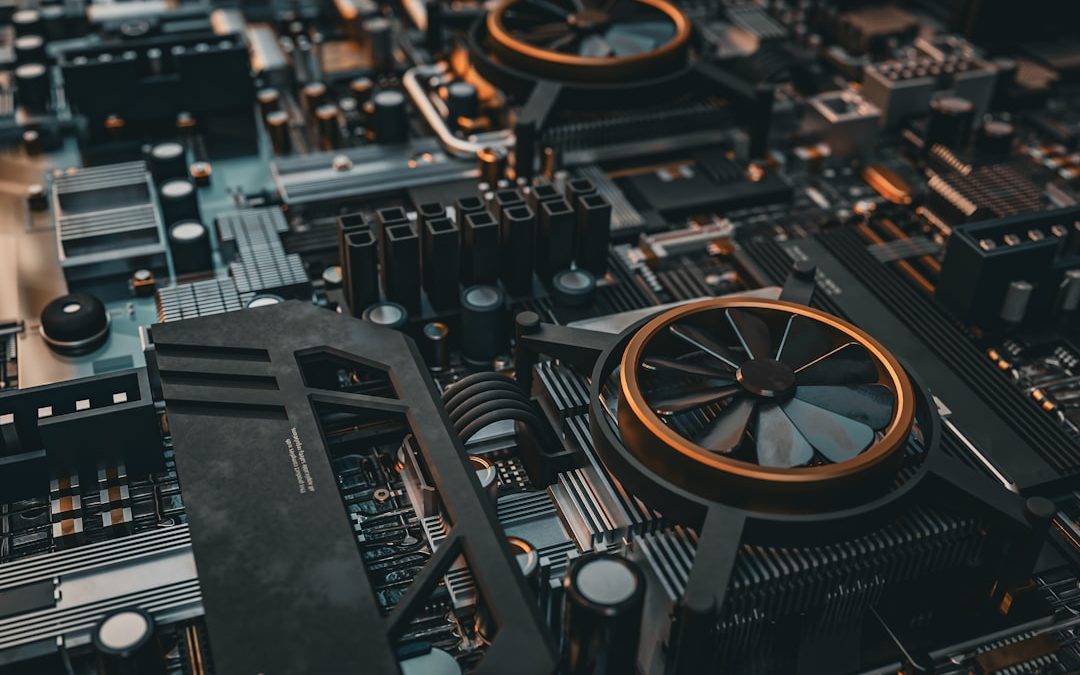In the dynamic world of computing and gaming, particularly in 3D rendering engines like Unreal Engine, error messages are, unfortunately, a part of the user experience. Among the more alarming ones is the infamous “Low Level Fatal Error”. This error typically appears when an application crashes abruptly, often during a game launch or while performing high-resource operations. It can be deeply frustrating, especially when you’re in the middle of an important session or development cycle.
This article explores what the Low Level Fatal Error means, what causes it, and — perhaps most importantly — how to fix it. Whether you’re a gamer, developer, or IT technician, understanding this error can save you significant time and effort.
What Is a Low Level Fatal Error?
A Low Level Fatal Error (LLFE) is an abrupt system crash that typically occurs in software utilizing the Unreal Engine or similar high-performance graphics environments. The term “low level” refers to the operations closest to the system hardware, such as graphics rendering, memory allocation, and driver interactions.
When one of these low-level processes encounters a critical issue it cannot recover from — such as faulty drivers, corrupted files, or unsupported hardware — the program terminates suddenly, showing a fatal error dialog box. These errors are not elegant crashes; they often provide minimal information and can leave users puzzled.

Common Causes of Low Level Fatal Errors
This type of error can originate from various hardware and software issues. Understanding the root cause is the first step toward a meaningful solution.
1. GPU Driver Issues
The most frequent culprit behind a low level fatal error is an outdated, corrupted, or incompatible graphics card driver. Rendering engines depend heavily on proper communication with the GPU, and even small bugs in drivers can lead to catastrophic crashes.
2. Corrupt or Missing Game Files
Unreal Engine and similar platforms rely on thousands of interrelated files. If any of these files are missing or have become corrupted, the engine can throw a fatal error during startup or in runtime.
3. Incompatible Hardware or Software
In some cases, system hardware — such as an underpowered GPU or insufficient RAM — or unsupported third-party software can contribute to instability, resulting in fatal crashes during high-resource operations.
4. Overclocking
While overclocking can offer performance benefits, it also introduces instability. Unreal Engine applications are particularly sensitive to overclocked GPUs or CPUs, which can lead to fatal errors if not configured correctly.
5. DirectX or Visual C++ Issues
The game engine may rely on external libraries provided by DirectX and Visual C++ Redistributables. If these libraries are outdated or corrupted, crashes are almost inevitable.
Fixing the Error: Step-by-Step Solutions
Resolving a Low Level Fatal Error requires a systematic approach. Here are proven solutions that should help you eliminate the issue effectively.
1. Update Your Graphics Card Drivers
Always start by ensuring that your GPU is running the latest official drivers:
- For NVIDIA cards, use GeForce Experience or visit their website directly.
- For AMD users, visit the AMD Drivers and Support page.
- Avoid third-party driver tools as they might install incompatible versions.
2. Verify Game Files
If you’re encountering LLFE in a game, validating the integrity of the game files can resolve issues related to corruption:
- For Steam, right-click the game in your library, go to Properties > Local Files > Verify Integrity of Game Files.
- For Epic Games, go to your Library, click the three dots next to the game, and select Verify.
3. Reinstall Graphics APIs and Runtime Libraries
Unreal Engine-based games depend on certain runtime environments:
- Reinstall or repair DirectX from the official Microsoft page.
- Reinstall Visual C++ Redistributable Packages. Ensure all critical 2013, 2015, 2017, and 2019 packages are installed.
4. Disable Overclocking
If you’ve overclocked your GPU or CPU, consider reverting them to stock speeds. Even if your system appears stable elsewhere, games and development tools can be less forgiving. Use manufacturer software like:
- Intel XTU or BIOS for CPU tuning
- MSI Afterburner for GPU settings
5. Run Software in Compatibility Mode
Sometimes running the engine or software in compatibility mode can resolve compatibility issues:
- Right-click the EXE file > Properties > Compatibility tab > Check “Run this program in compatibility mode” and choose an older version of Windows.
6. Check your System for Background Conflicts
Third-party background applications — especially overlays like Discord, MSI Afterburner, or RGB software — can interfere with Unreal Engine. Try booting your system in a clean boot state:
- Open msconfig, go to the Services tab, check Hide all Microsoft services, and disable the rest.
- Open Task Manager and disable all startup apps.
7. Reinstall the Game or Application
If none of the above helps, a clean reinstall can replace any corrupt files or incorrect configs:
- Uninstall the program completely.
- Delete all residual folders and config files (often located in Documents or AppData).
- Reboot your PC and reinstall.

Additional Tips and Workarounds
Some users have reported success with the following tweaks:
- Switching Rendering APIs: Some games allow you to choose between DirectX 11, DirectX 12, or Vulkan. Launching with
-dx11or-d3d12command-line arguments might help. - Adjusting Graphics Settings: Lowering visual settings like shadows and textures can reduce strain on your system, which sometimes bypasses the instability.
- Windowed Mode: Launching the software in windowed mode rather than fullscreen can sometimes prevent the error.
When to Seek Professional Help
If you’ve tried all of the above and are still experiencing the Low Level Fatal Error, there may be more serious hardware or compatibility issues at play. In such cases, we recommend:
- Running hardware diagnostics for RAM and GPU.
- Consulting the official forums and bug tracking systems of the software or game you’re using.
- Working with a certified technician for a full system analysis.
Prevention: Keeping Your System Healthy
Once resolved, it’s wise to take proactive steps to prevent future LFFEs:
- Keep all drivers and operating system files updated.
- Use trusted antivirus software and regularly scan for malware.
- Back up your system and critical files routinely to prepare for potential crashes.
Conclusion
The Low Level Fatal Error is more than just a bothersome crash — it often points to deeper system or compatibility issues. Fortunately, with a careful and methodical approach, you can often identify the root cause and take corrective action.
Whether it’s updating a GPU driver, verifying file integrity, or rolling back an overclocked CPU, the solution is usually within reach. By understanding what this error indicates and knowing how to respond, you’ll be better equipped to keep your system stable and your workflow uninterrupted.
yehiweb
Related posts
New Articles
How to Find the QR Code on Twitch App
So, you’re trying to log into Twitch and you keep seeing something about a QR code. Or maybe you just…


